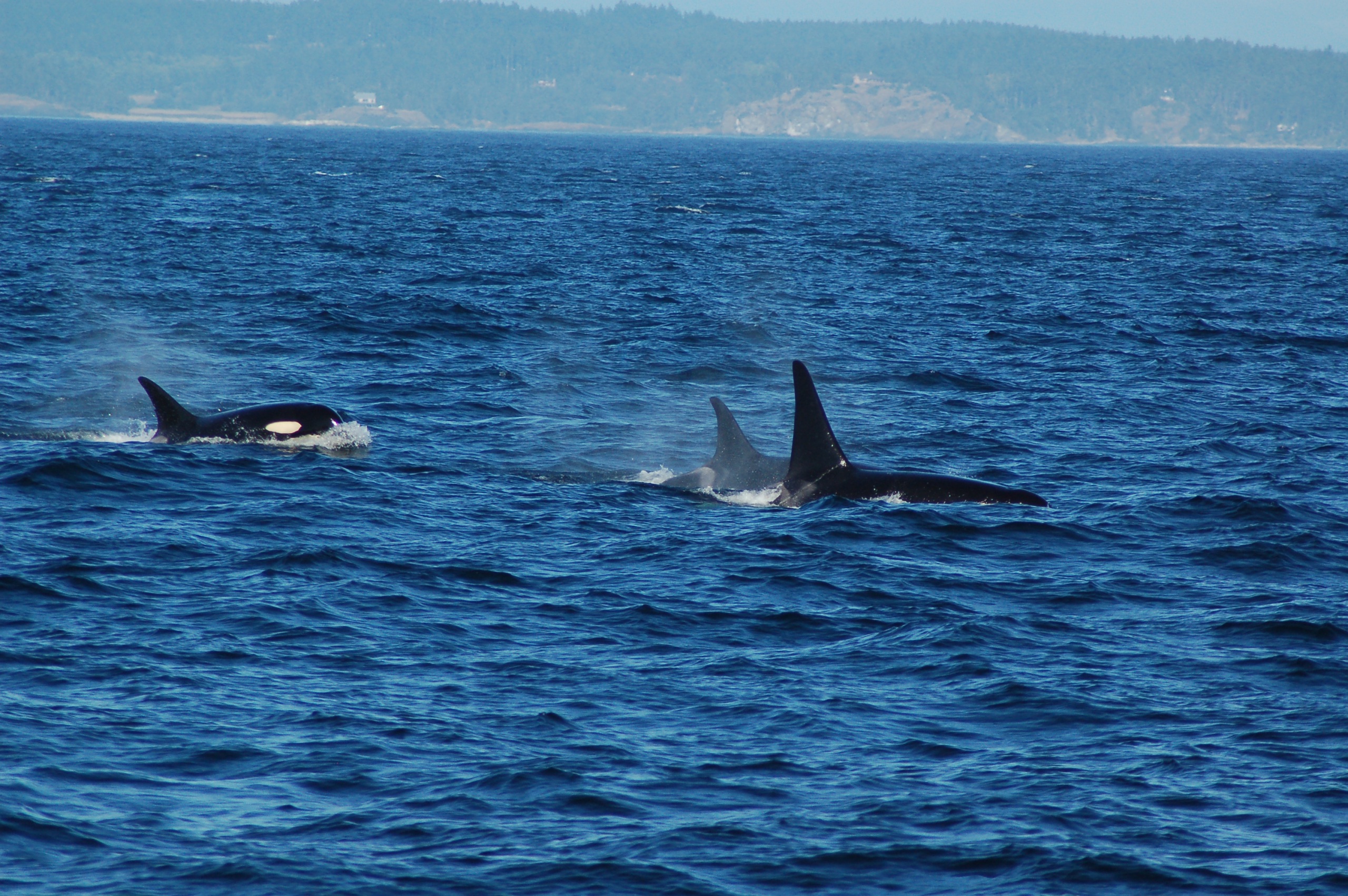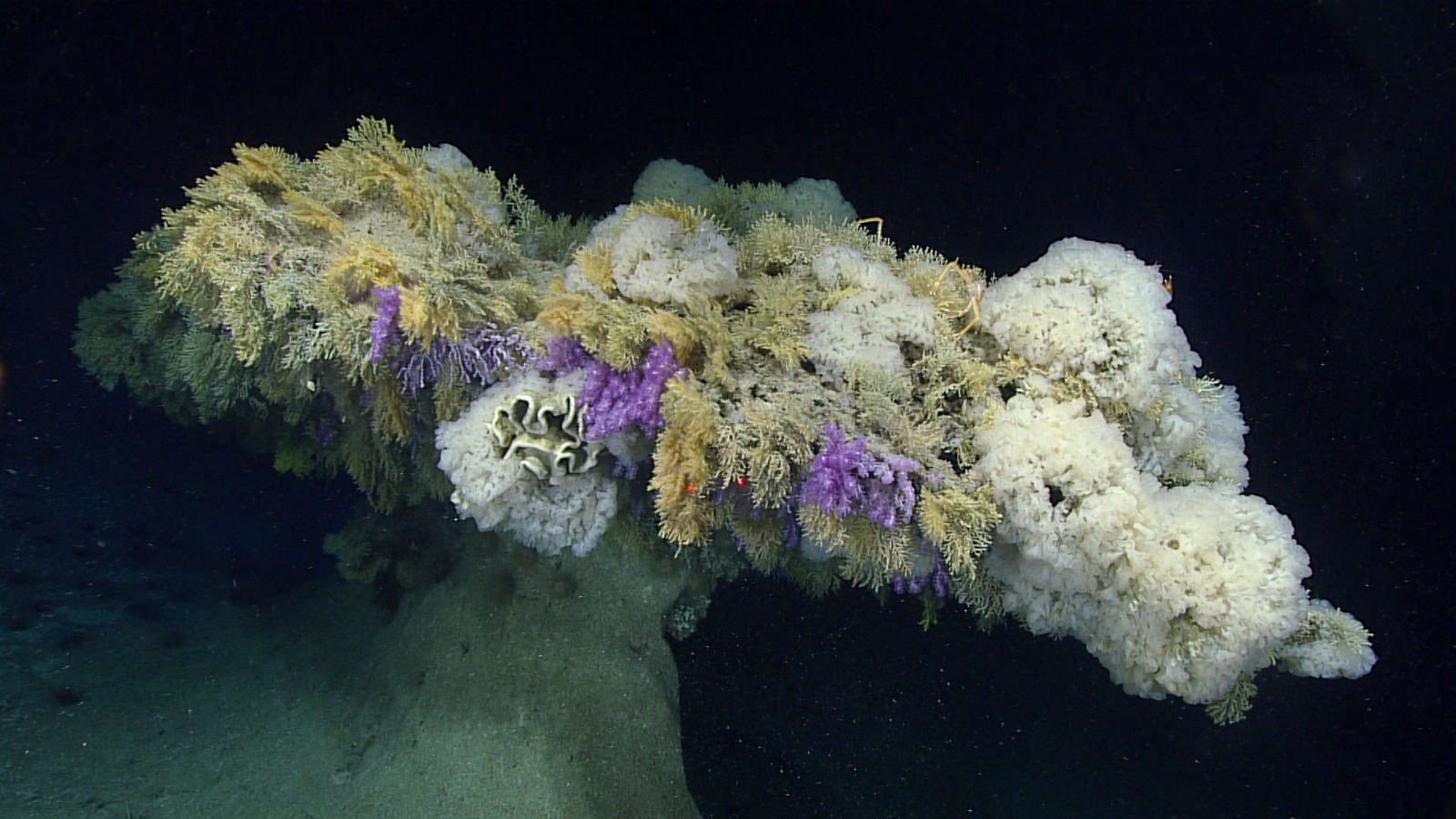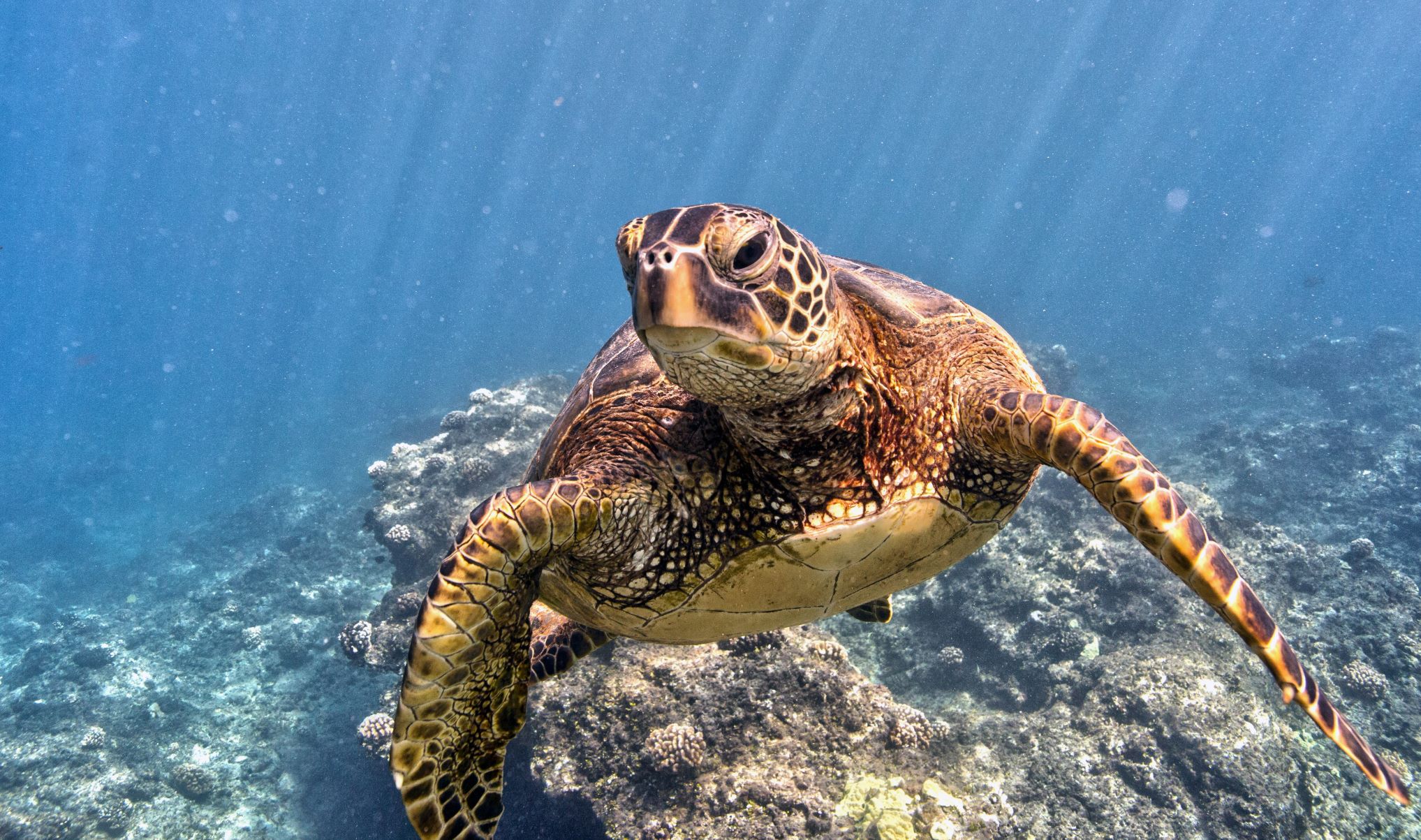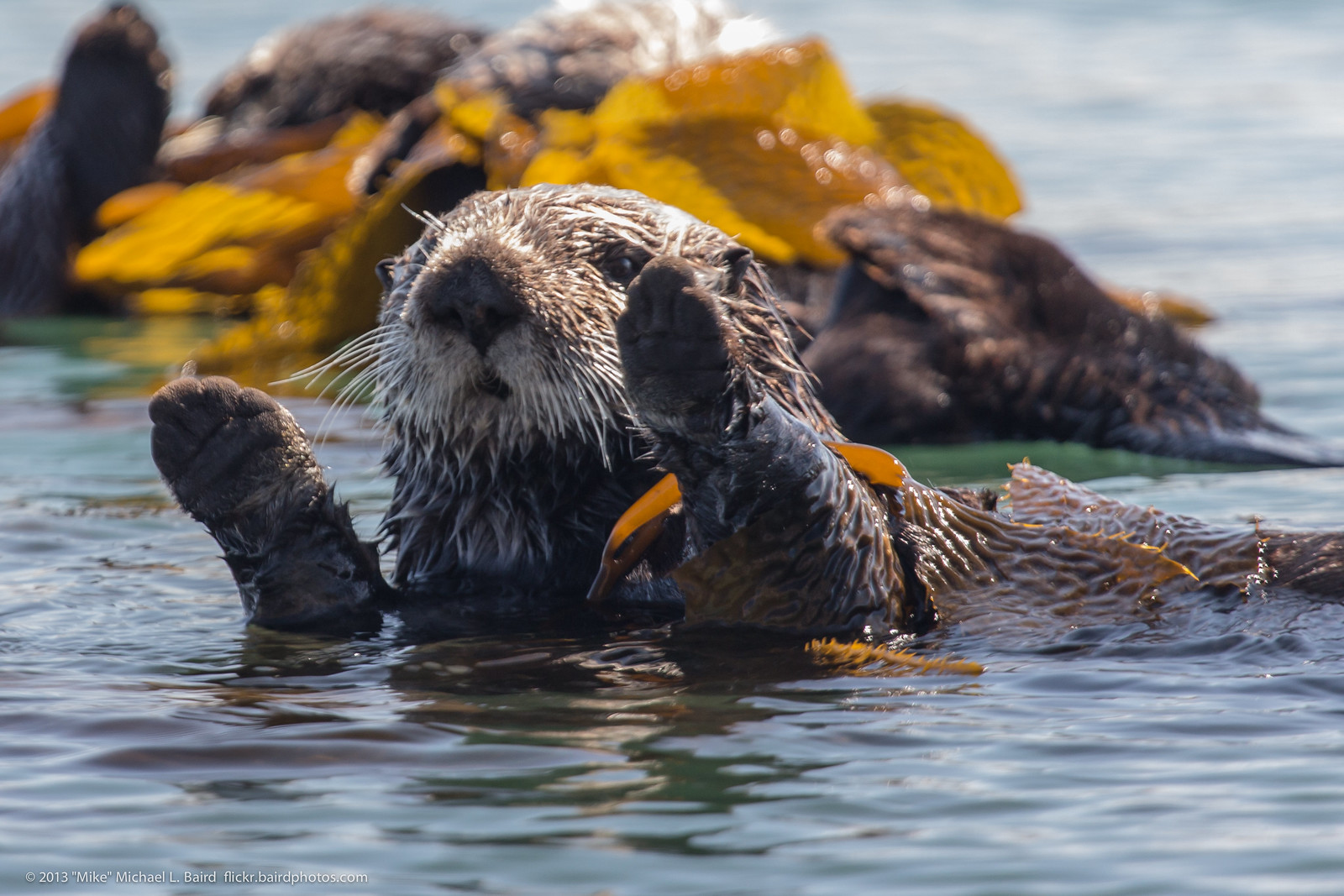Choosing between electricity and our orcas is a false choice
We are calling for dam removal to save our salmon and orcas, but what does it mean for Washington's power?

This summer has been a stark reminder that climate change is on our doorstep. Between heatwaves, wildfires, and drought, Washingtonians are already feeling the impacts of our changing climate. But humans aren’t the only ones suffering. Marine life is suffering too, especially chinook salmon and, in turn, the Southern resident orcas.
Over a dozen dams on the Columbia and Snake rivers stand as barriers that prevent young salmon from reaching the ocean. In total, dams on the Lower Snake obstruct 140 miles of prime salmon migration waterways. EPA modeling also shows that lower Snake dams can significantly increase water temperatures, exposing our salmon to disease and affecting their ability to reproduce. These dams aren’t just affecting our salmon populations, but also our Southern resident orca. Chinook salmon makes up almost 80% of our orca’s diet and without enough salmon to eat, they’re starving– in fact, there are only 74 left.
We know that breaching the four federal dams on the lower Snake River is the single biggest opportunity we have to restore Snake’s salmon access to 15 million acres of cooler, high elevation watershed– allowing our orcas to have an abundant food source.
But, with our urgent need to tackle climate change and reduce our reliance on fossil fuels, that proposition has some people concerned.
For decades we have relied on hydro dams to provide stability to the grid and provide low-carbon electricity to power our lives. In total, the four Lower Snake River dams generate roughly 4% of Northwest’s electricity. But our hydropower system is aging– the lower Snake River dams are over 40 years old and need extensive maintenance– and at the same time, clean energy technologies have become more efficient and costs have plummeted.
We can replace the power generated by the dams with cleaner, renewable power that doesn’t wreak havoc on our keystone species in the Lower Snake River.
Energy Strategies, an independent energy firm, released a comprehensive analysis testing different scenarios of replacement energy that comes from the Lower Snake River dams. And the findings were noteworthy:
“The analysis indicates that the Northwest can replace the power generated by the four Lower Snake River Dams with a combination of new wind, solar, and demand-side resources (energy efficiency, demand response, and energy storage) that are all achievable in the next ten years. This balanced replacement portfolio provides better resource adequacy than the four dams and does not create any significant regional reliability issues.”
This study confirms that clean, renewable energy can be an alternative to the hydropower that is produced by these dams. We can move to better energy sources that don’t damage our fish populations, allowing our orcas to feed successfully during their migration.
We can have it all. We can have clean power and fight climate change, save our salmon, and save our orcas.
Topics
Authors
Mandy Apa
Find Out More

Environment Washington 2024 Program Agenda

Deep sea mining isn’t worth the risk

Marine protected areas are the best hope for the ocean – but only if the protections are real


